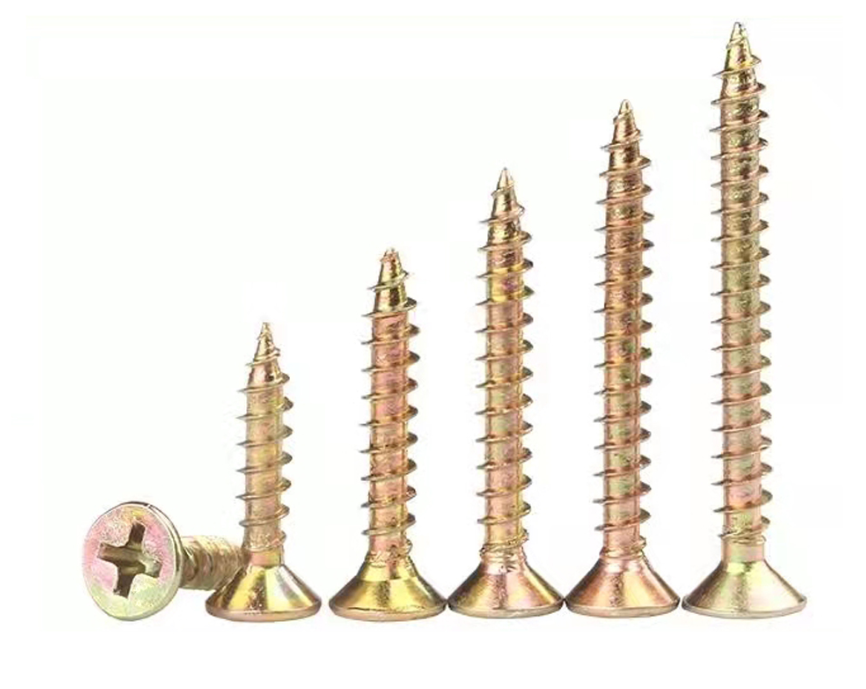lock washer and nut service
Understanding Lock Washers and Nut Service A Comprehensive Guide
In mechanical assemblies and structural connections, the reliability and safety of joints are paramount. Two essential components that play a critical role in ensuring connections remain secure under various conditions are lock washers and nuts. This article will explore the importance of these components, their types, applications, proper service practices, and maintenance.
What are Lock Washers?
Lock washers are specialized types of washers designed to prevent the loosening of nuts and bolts due to vibration, temperature variations, or dynamic loads. They function by creating a frictional grip between the washer and the nut or bolt head, thus resisting rotation. Lock washers come in several shapes, including split, toothed, and wave, each serving unique purposes.
1. Split Lock Washers These are one of the most common types, featuring a split that allows them to compress and apply pressure against the nut and surface, effectively increasing friction.
2. Toothed Lock Washers These incorporate serrations that dig into the nut and the surface of the material being fastened. They provide a greater grip and are particularly effective on softer materials.
3. Wave Washers These have a wavy design that allows them to flex and adapt to movement, making them suitable for applications where advanced vibration resistance is required.
Understanding Nuts and Their Service
Nuts are fasteners that typically work in conjunction with screws or bolts to create a secure connection. They are available in various shapes, sizes, and materials, from standard hex nuts to specialized locking nuts and wing nuts. The selection of nut type depends on the application requirements, including load capacity, environmental conditions, and space constraints.
Services Related to Nuts Proper servicing of nuts is crucial to ensure continued performance. Loose nuts must be tightened to maintain the integrity of the joint. Over time, nut threads may become stripped or worn, necessitating their replacement. Regular inspections should be made to identify any signs of wear, corrosion, or structural compromise.
The Importance of Lock Washers and Nuts
lock washer and nut service

Together, lock washers and nuts provide a secure fastening solution in various applications, from automotive and aerospace industries to construction and home maintenance
. Their ability to maintain tight connections despite vibrations and other stressors is what makes them indispensable in engineering.Installation Best Practices
1. Choosing the Right Components Always select the appropriate type of lock washer and nut based on the specific application. Consider factors such as material compatibility, load conditions, and environmental factors.
2. Cleaning and Preparation Before installation, ensure that the surfaces are clean and free of debris, oil, or grease. This helps achieve the maximum grip and ensures an effective connection.
3. Using Correct Torque Specifications Utilize a torque wrench to apply the proper amount of force while installing the nut. Over-tightening can lead to joint failure or strip the threads, while under-tightening might result in loosening.
4. Layering Method For enhanced security, consider using multiple lock washers in conjunction with the nut, especially in high-vibration environments.
Maintenance and Inspection
Regular maintenance of lock washers and nuts is essential for long-term reliability. Inspections should focus on signs of wear, loosening, or corrosion. If any issues are identified, replacing components promptly will help prevent failures.
Replacement Guidelines When replacing nuts and lock washers, ensure that the new components are compatible with the existing fasteners and the intended application. It's also advisable to adhere to manufacturer guidelines for specific torque and installation practices.
Conclusion
Lock washers and nuts serve a critical function in ensuring the durability and integrity of mechanical connections. Understanding their roles and the best practices associated with their installation and maintenance can significantly enhance the reliability of various applications. By prioritizing proper service and conducting routine inspections, individuals and organizations can ensure the long-lasting performance of their assemblies, ultimately contributing to overall safety and efficiency. Whether in engineering, automotive, or other fields, the careful consideration of these components is crucial to successful operation.
-
Top Choices for Plasterboard FixingNewsDec.26,2024
-
The Versatility of Specialty WashersNewsDec.26,2024
-
Secure Your ProjectsNewsDec.26,2024
-
Essential Screws for Chipboard Flooring ProjectsNewsDec.26,2024
-
Choosing the Right Drywall ScrewsNewsDec.26,2024
-
Black Phosphate Screws for Superior PerformanceNewsDec.26,2024
-
The Versatile Choice of Nylon Flat Washers for Your NeedsNewsDec.18,2024










